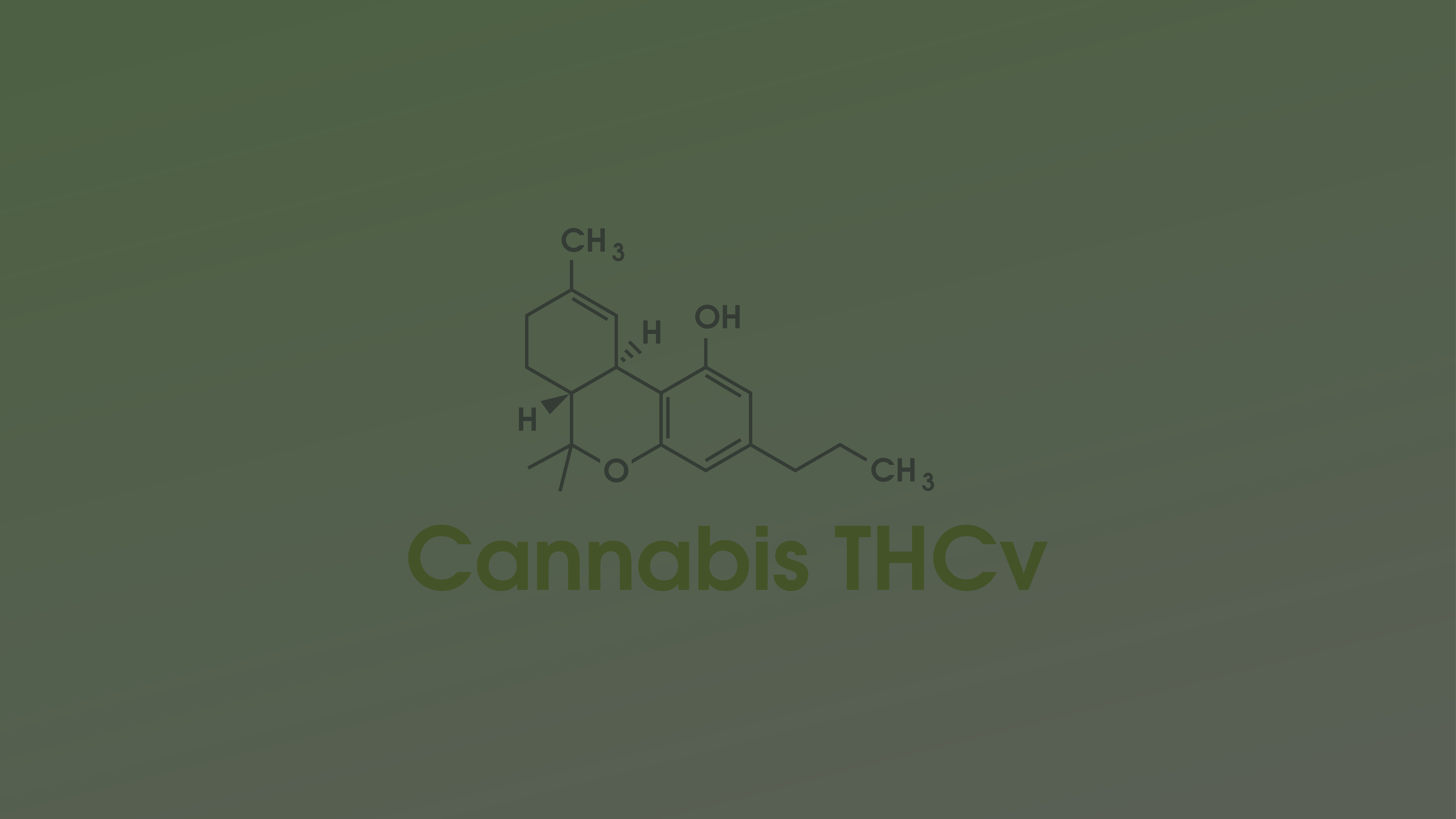The cannabis industry has entered an era where individual cannabinoids are no longer marketed as standalone stars but as carefully crafted ensembles. THCV (tetrahydrocannabivarin), long overshadowed by THC and CBD, is emerging as a central player in blends that target very specific consumer needs. By pairing THCV with other rare or minor cannabinoids, brands are building formulas designed for wellness niches, lifestyle enhancements, and even potential therapeutic markets.
THCV’s Distinct Role
Unlike THC, THCV acts as a CB1 antagonist in low doses, meaning it can temper intoxication while delivering a more alert and focused effect. Research has also linked THCV to metabolic improvements, including better glycemic control in people with type 2 diabetes, fueling interest in its role in weight management and metabolic health products. This positions THCV as a versatile anchor for daytime, functional blends.
Synergy with CBG for Focus and Energy
Cannabigerol (CBG) is gaining traction for its neuroprotective and anti-inflammatory properties. Combining CBG’s calming but clear-headed profile with THCV’s stimulating and appetite-regulating potential offers an attractive path for products aimed at professionals, athletes, and students seeking daytime focus. Expect to see microdose capsules and low-sugar edibles marketed toward productivity and sustained energy without the crash of caffeine.
THCV and CBDV: Exploring Neurodiversity Markets
CBDV (cannabidivarin) has been under investigation for its potential role in conditions such as autism spectrum disorder and epilepsy. While clinical research is still in progress, formulating THCV with CBDV is generating interest as a way to balance focus with sensory regulation. This is an early-stage frontier, but one that speaks to the industry’s growing interest in neurodiversity-driven formulations.
Sleep–Wake Complement Kits
Some of the most promising future trends lie not in single formulas but in paired products. Daytime gummies or tinctures built around THCV + CBG are increasingly matched with CBD + CBN products for nighttime use. CBN (cannabinol) is supported by emerging data on sleep quality improvements, making these dual-use portfolios attractive to wellness consumers who want a curated 24-hour cannabinoid routine.
Niche Expansion with High-Potency Cannabinoids
THCP (tetrahydrocannabiphorol), a recently discovered cannabinoid with far stronger binding affinity at CB1 receptors than THC, is entering experimental markets . While its potency requires extreme caution, trace-level inclusion in blends alongside THCV could one day yield highly tailored products for pain relief or mood regulation. Transparency and responsible dosing will be key to avoid consumer risk.
The Future of Labeling and Regulation
As cannabinoid blends move into the mainstream, shoppers and regulators alike are demanding clearer, more data-driven labels. Beyond THC percentage, consumers increasingly expect milligram-by-milligram breakdowns of THCV, CBG, CBN, CBD, and even terpenes. Full-panel COAs (Certificates of Analysis) are becoming a baseline requirement, helping buyers understand not just what they’re consuming but why the ratios matter.
Conclusion
The next wave of cannabis innovation is not about isolating a single cannabinoid but about purposeful combinations. THCV sits at the center of this shift, offering unique properties that complement emerging cannabinoids like CBG, CBDV, CBN, and even THCP. While the science is still unfolding, the market is already preparing for blends that address niche needs—focus, weight management, neurodiverse support, or sleep routines. For forward-thinking brands, the opportunity lies in balancing creativity with evidence, transparency, and responsible dosing.
Discover: What Distinguishes Leading Cannabis Growers in a Competitive Market


